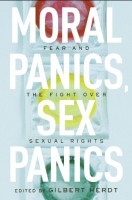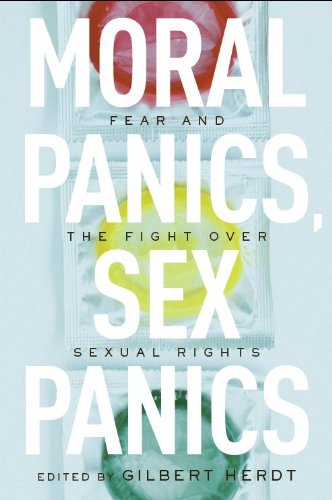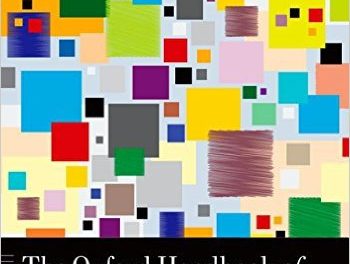 Editor: Gilbert Herdt
Editor: Gilbert Herdt
Publisher: New York University Press
Book Review by: Paiso Jamakar
Moral panics are the ‘natural disasters of human history’ and they not only “present a crisis for a stable social order but also threaten the well being of individuals and communities.” points out the editor Gilbert Herdt in this collection of essays by seven contributors who are specialists in their respective fields.
A moral panic could take the form of a condition, episode, person or group of persons,
that poses or could pose as a threat to the values and interests of a given community within a society or the society as a whole, Herdt explains.
Abortion, AIDS, contraception, homosexuality, non-marital sex, premarital sex, out-of-wedlock pregnancy, pornography, and prostitution, are examples of moral and sex panics that occur or have occurred over the decades in different societies.
Past examples are the masturbation ‘epidemic’ of the 18th and 19th centuries, and moral crusades against abortion in the 20th century (which is still a burning issue now, especially during U.S. presidential elections).
He explains that depending upon the general public thinking and attitudes prevailing at a given time, moral and sex panics can be perceived as serious threats or casual matters not to worry about. Some have lasted long and others have come and gone.
The more serious they are perceived as threats to prevailing morals and the longer they have lasted, “the greater the likelihood that societies will deal with them through the production of the reactive mechanisms of surveillance, regulation, discipline and punishment.”
The issues written upon in this 294-page volume of essays are presented in seven chapters. Here is a brief overview of the contents of this book, chapter by chapter:
- Gilbert Herdt, the editor of this book and professor of sexuality studies and anthropology at San Francisco State University, discusses moral panics, sexual rights and cultural anger in the Introduction.
- Diane di Mauro, an assistant professor of clinical socio-medical sciences at Columbia University and Carole Joffe, professor of sociology at the University of California-Davis, together bring up the Religious Right and reshaping of sexual policy: reproductive rights, sexuality education) during the Bush years.
- Cathy J. Cohen, a professor of political science at the University of Chicago, writes about Black sexuality, indigenous moral panics and responsibility from Bill Cosby to the Down Low.
- Gary W. Dowsett, professor, deputy director and VicHealth research fellow at the Australian Research Center in Sex, Health and Society at LaTobe University, revisits the Gay Plague and the enduring moral panic of AIDS.
- Gilbert Herdt brings up the panic of gay marriage and the Right in this chapter.
- Saska Eleonora Wieringa, who holds the chair of gender and women’s same-sex relations at the University of Amsterdam, reminds us about our postcolonial amnesia on sexual moral panics, memory and imperial power.
- Janice M. Irvine, professor of sociology at the University of Massachusetts, takes us to our transient feelings on sex panics and the politics of emotions.
There are lists of Notes presented at the end of each chapter for further reference and reading and an Index at the end of the book for ready lookup on the topics you desire.
Whatever side of an issue you are on, this helpful and enlightening book on the various matters pertaining to morality and sex will give you further information, insight, perspective and understanding.







